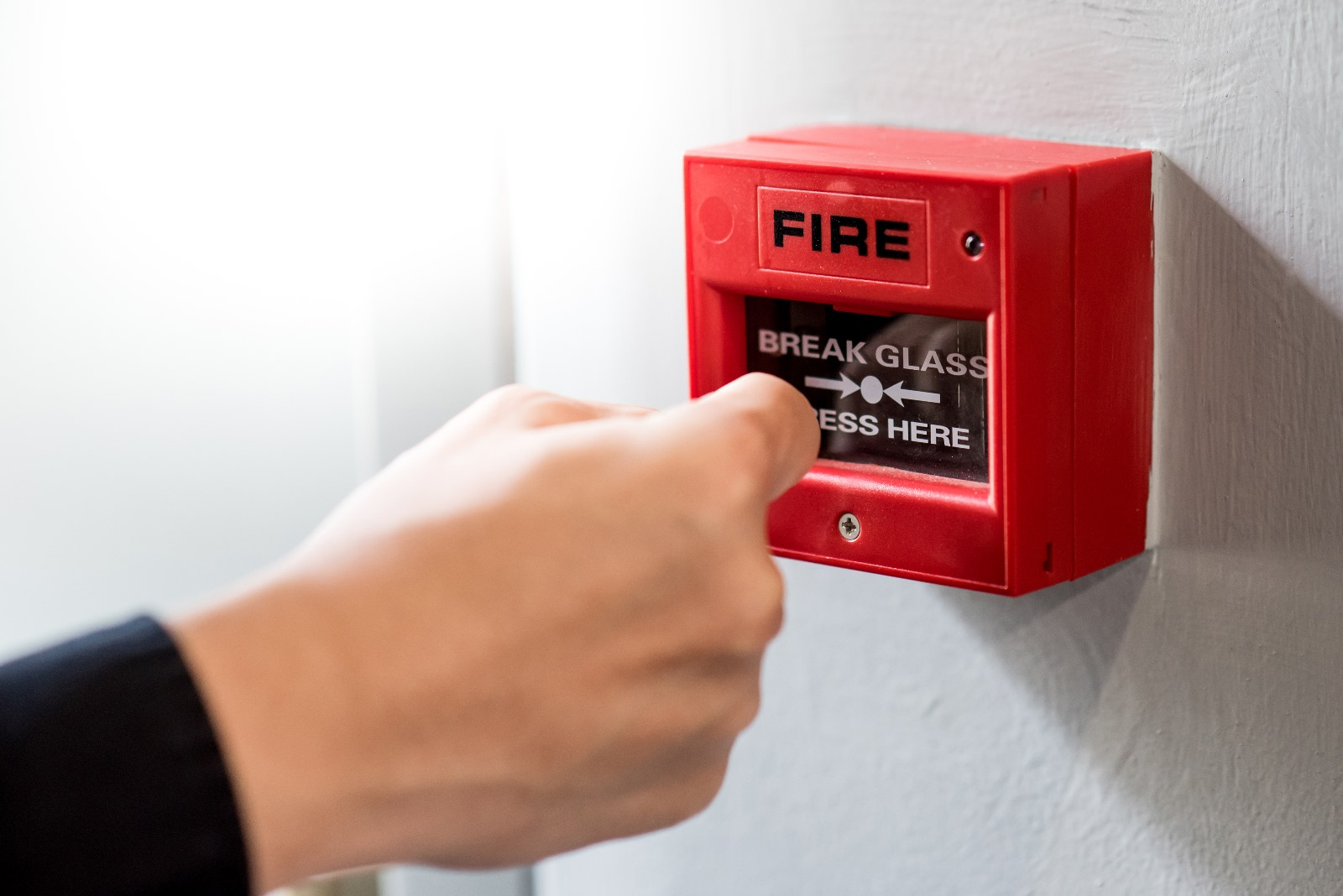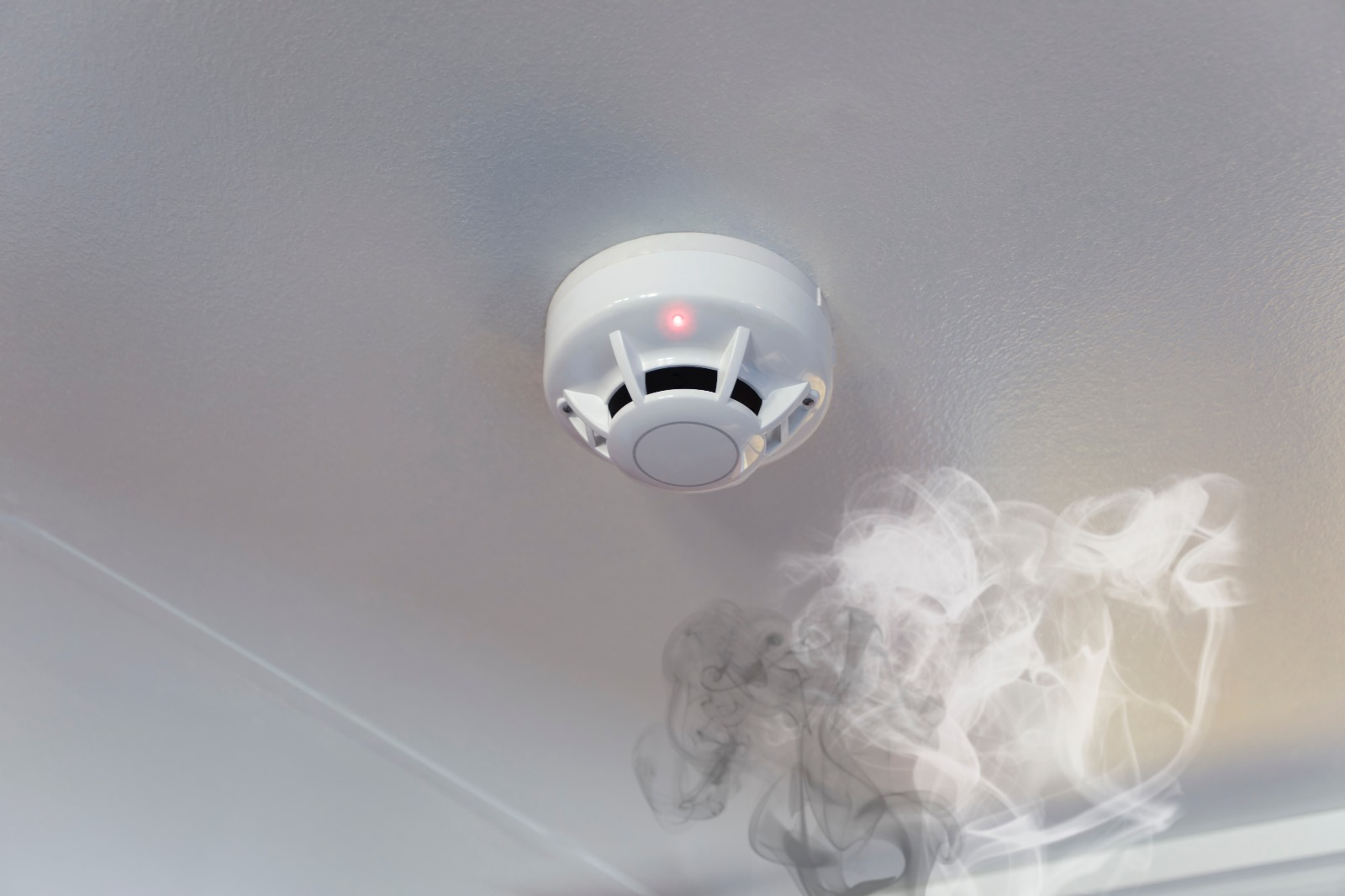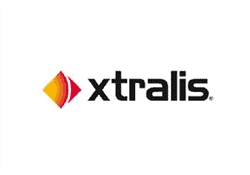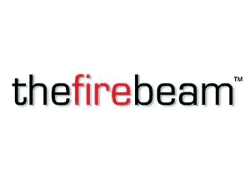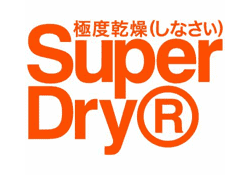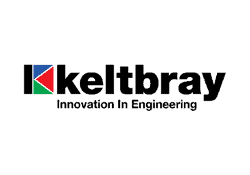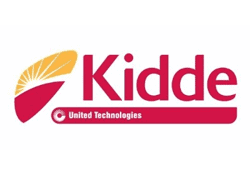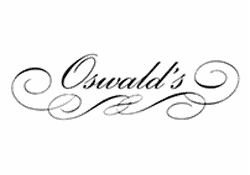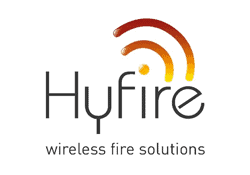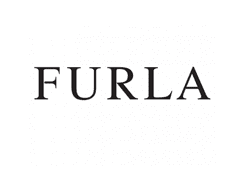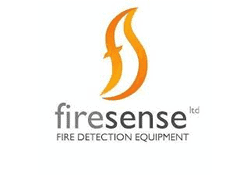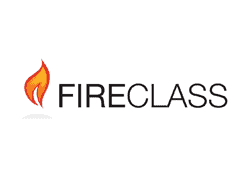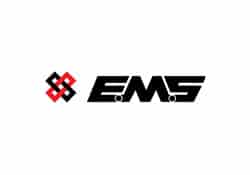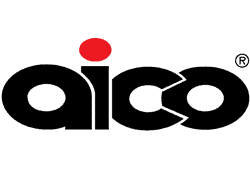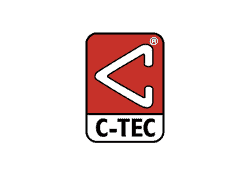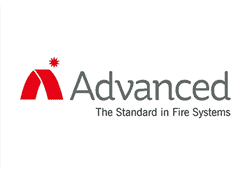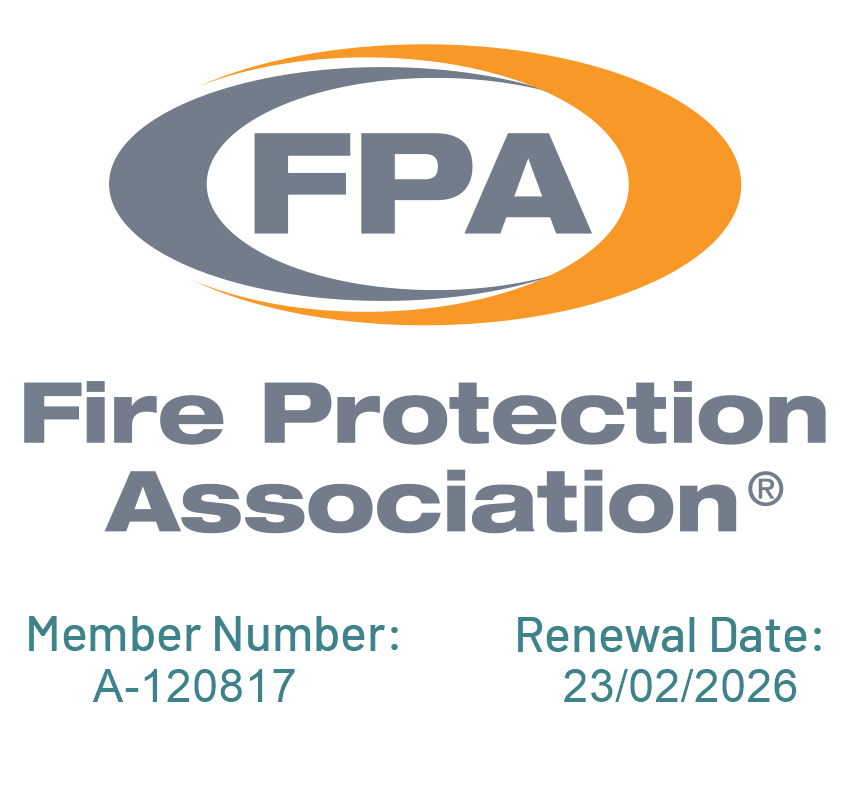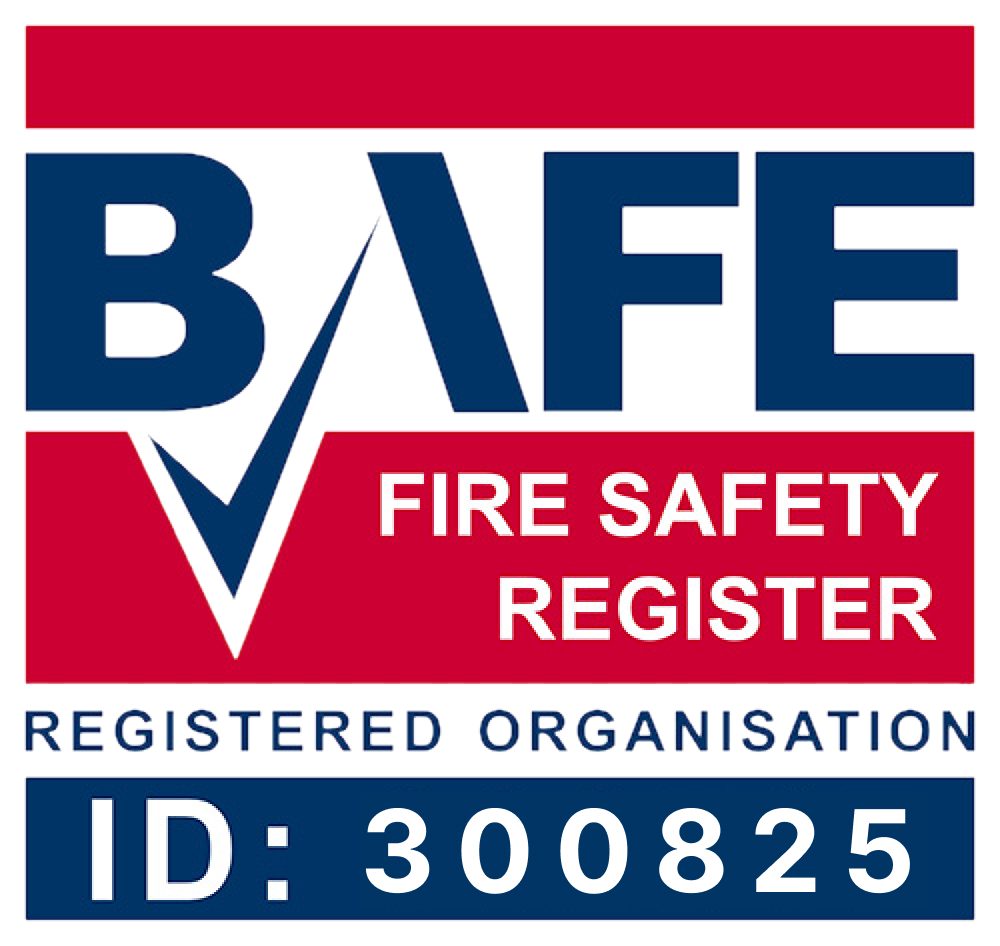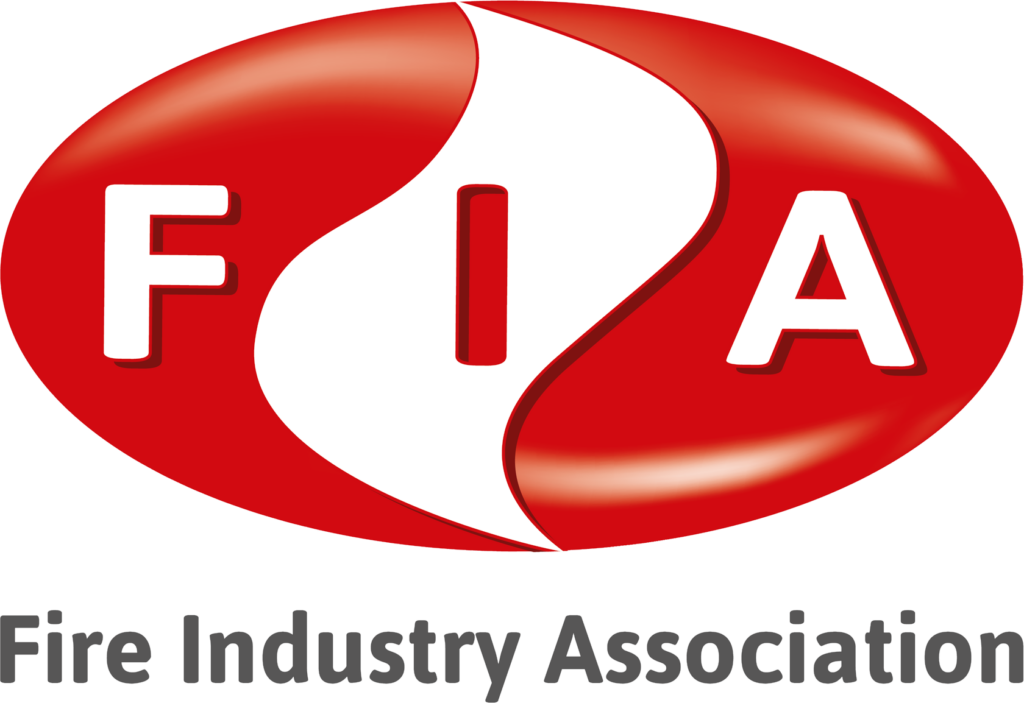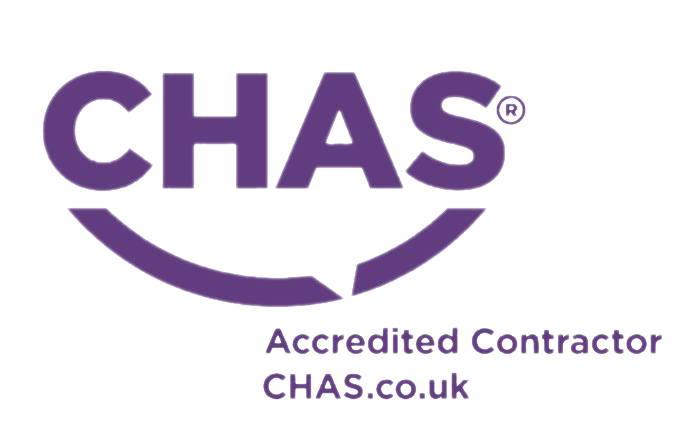Fire extinguishers can save lives, so it goes without saying it is crucial that for your commercial premises, you are certain to choose the right type of extinguisher to suit the specific risks faced. It is also a compliance requirement under the Regulatory Reform (Fire Safety) Order 2005. So, what type of fire extinguisher do you need for your premises? Let’s take a look.
Different fires, different fire extinguishers
There are six different classifications of fires. Understanding the different types of fires is important if you are going to choose the right fire extinguisher.
All fires need three elements:
- fuel,
- heat
- and oxygen.
This is known as the ‘fire triangle’. Remove at least any one of these elements from the triangle, and you will extinguish the fire.
Different fires are best extinguished in different ways, which is why certain extinguishers are best suited to various fire types. Let’s break it down.
Class A Fires
Class A fires are categorised as anything involving organic solids, for example, paper, wood, straw, plastics, coal and soft furnishings.
Removing the heat source, or cutting off the oxygen supply, will extinguish a Class A fire.
Water fire extinguishers work by soaking into the materials and cooling them, taking away the heat to extinguish the fire. Foam and dry powder extinguishers work by smothering, i.e. cutting the oxygen supply.
All three are suitable for Class A fires, but a regular water extinguisher should not be used in areas where electrical fires are possible, or where there are fires caused by cooking fats. A mist water extinguisher can, however, be used on electrical and hot fat fires. We’ll look at those types of fires in more detail later.
Class A fires are most common in warehouses and waste and recycling plants as well as rented residential property such as HMOs, so if your premises fall into any of these categories or something similar, you can consider a water extinguisher or, if there is electrical equipment present, a water mist, foam or dry powder extinguisher.

Class B Fires
Class B fires involve flammable liquids such as petroleum greases, petrol, tars, oils, solvents, oil-based paints, paraffin and alcohols.
Class B fires are common in manufacturing and automotive environments.
Removing the oxygen source will extinguish a Class B fire, which is how foam and dry powder extinguishers work. Carbon dioxide extinguishers function in the same way, by replacing the oxygen with CO2. A water mist extinguisher can also be used on a Class B fire. Water mist works by both cooling the fire and reducing the oxygen content.

Class C Fires
Class C fires are fuelled by flammable gases such as propane, butane or methane. Extinguishing a Class C fire involves cutting off the fuel from the oxygen by smothering the fire.
A dry powder extinguisher is the right choice for a Class C fire, which will usually arise in a warehouse, factory or industrial environment.

Class D Fires
A Class D fire involves metals, such as burning titanium, aluminium or magnesium swarf from machining operations. These fires would usually occur in machining workshops and industrial environments.
The method required to extinguish this type of fire is smothering, i.e. removing the oxygen source. Dry powder is the extinguisher of choice for these environments.
These fires are the only ones where the use of a water mist extinguisher is inappropriate. This is because water increases the chemical reactions involved, which can further fuel the fire.

Electrical Fires
Any fire that involves live electrical apparatus falls under this category. Faulty wiring, short circuits, power cord damage, overloaded electrical outlets and over-charged devices can all lead to electrical fires.
Office environments are prone to electrical fires, but anywhere there is an electrical power source can be at risk, which can pretty much mean any commercial or industrial workspace. If there is a risk of an electrical fire, always steer clear of a regular water fire extinguisher.
The best way to fight an electrical fire is to remove the fuel source, in other words, switch off the power to the equipment, either by pulling the plug or switching off at the fuse box. Often this will immediately stop the fire; if not, smothering the fire will extinguish it. To remove the oxygen, use a carbon dioxide or dry powder extinguisher.

Water fire extinguishers must never be used on electrical fires because water conducts electricity.
Water mist fire extinguishers, however, are suitable. This is because the mist is too fine to conduct electricity at regular commercial voltage levels. In addition, no puddles are created that could conduct electricity. This is another plus point for this type of extinguisher because it leaves very little mess.
Water fire extinguishers with additives are also usually safe for use on electrical fires, providing they have been dielectrically tested. These extinguishers are usually smaller and lighter, and therefore easier to handle.

Class F Fires
These are fires that involve cooking oils and fats. Typically, any restaurant, kitchen or catering environment could be subject to a Class F fire.
Class F fires need to be put out in two stages. The first stage is to remove the heat, the second to remove the fuel. A wet chemical fire extinguisher is the correct choice for this purpose.
Wet chemical fire extinguishers are made up of a solution of potassium salts. The mist that comes from the extinguisher cools the fire and lowers the temperature, so removing the heat. It also prevents the hot fat and oils from splashing.
The potassium salts then react with the hot oil to coat the surface in a soapy foam. This foam is non-combustible, creating a barrier between the fat and oil and cutting off the fuel source.
Water fire extinguishers must never be used on electrical or hot fat fires. Water conducts electricity, and when droplets sink into hot fat, it erupts violently as the droplets turn into steam.
Water mist fire extinguishers, however, are suitable. Water mist turns into steam above hot fat so that the surface is cooled and oxygen is removed, taking away two elements of the fire triangle.

The importance of choosing the right fire extinguisher
Failure to use the appropriate fire extinguisher on a particular fire could not only result in the inability to prevent a fire from spreading, but it may also even further fuel the flames. It is therefore absolutely crucial that not only do you have the right extinguishers, but sufficient training is given to ensure the correct ones are used on particular fires.
A site-specific fire safety risk assessment will reveal the type or types of fire extinguisher that are appropriate to your particular workspace. Whilst it is not set down in the Regulations as to who should conduct the risk assessment, it is necessary to appoint a person with sufficient competence to complete a ‘suitable and sufficient’ assessment of the premises. For larger or more complex buildings, it is advisable to call in professional guidance.

Fire risk assessments and fire extinguisher advice from IQ Fire Solutions
IQ Fire Solutions is British Standards qualified and extensively experienced in all aspects of fire safety. We offer a professional fire safety risk assessments and maintenance services across London, including expert advice on selecting the right type of fire extinguisher for your particular workspace.
For more information check out our free Fire Extinguisher Guide, or to arrange your tailored risk assessment call 020 8500 9885.

